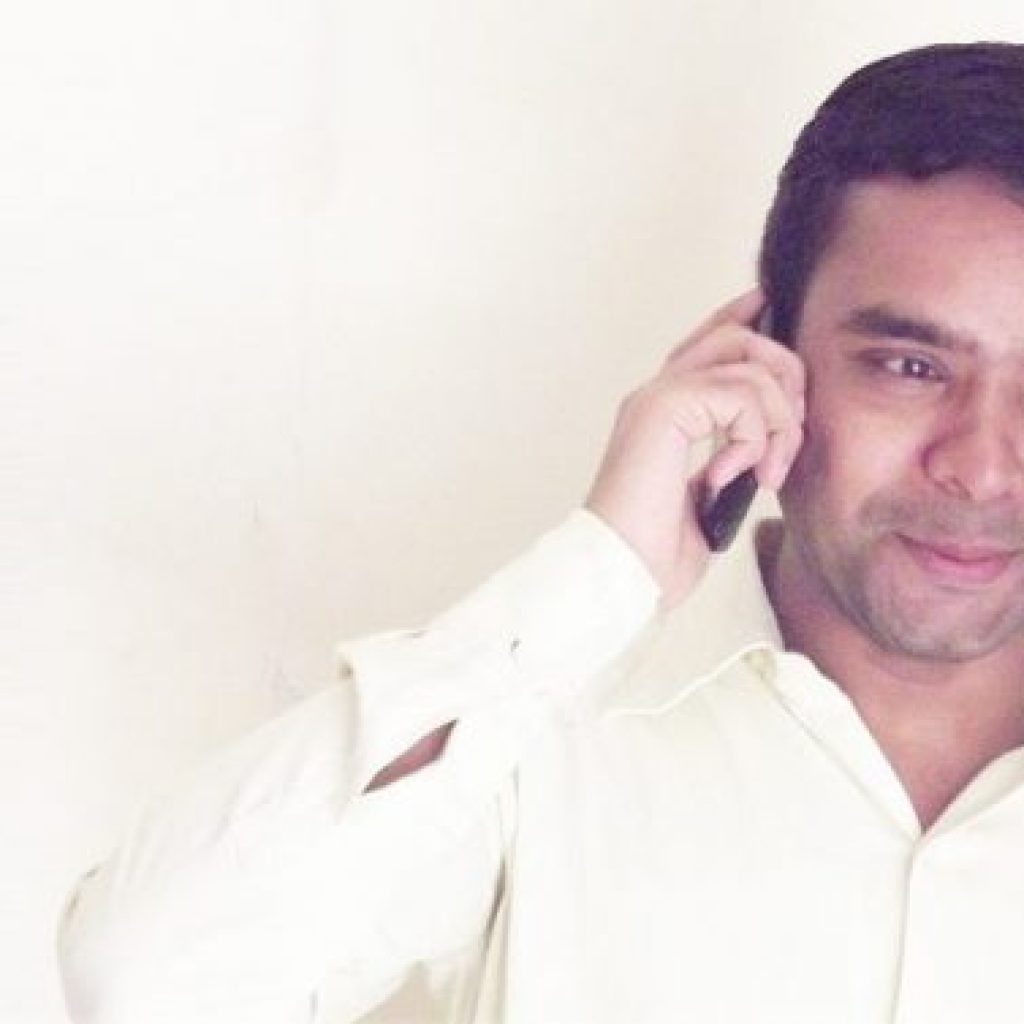
Trying to deflect heat over poor service quality, mobile operators are taking refuge in a new technology to “mask” call drops that show a call as remaining connected even when the network connection is lost and the caller is unable to hear voice from the other side.
Earlier, the call used to get automatically disconnected in case of the user moving to a poor network area, making it a dropped call under the current regulatory framework.
The new technology ensures the call remains artificially connected until the caller or receiver decides to terminate it and the user is billed for the entire duration despite not being able to talk for full or part of the call duration.
“Telecom operators are using Radio-Link Technology (RLT) which is helping them mask call drops while the consumer is being billed for the time he is on the call, although it can be said to be artificially connected to a network,” an official source involved in testing of telecom networks said.
“In such cases, the customer often disconnects call himself, which is not counted in call drops. If the call in such case is disconnected, the companies continue to charge customers.
“While the RLT is helping companies improve their quality of service parameters and revenue, it is also helping them mask the dropped calls,” the source added.
There was no reply to queries sent to industry bodies COAI and AUSPI on this matter.
The Telecom Regulatory Authority of India (Trai) has fixed penalty of up to Rs 2 lakh for poor mobile service quality, including call drops. This penalty kicks in for more than 2 per cent call drops in a quarter in one telecom circle.
Trai had also mandated the telecom operators to pay consumers Re 1 for every call drop, subject to a maximum of Rs 3 per day, but this provision was recently quashed by the Supreme Court.
Telecom operators have been facing intense heat over frequent call drops for many months now, although they have been blaming factors like lack of approvals for setting up mobile towers for this problem. Many of them claim to have made significant improvement on this front, but the menace continues, including in big cities.
